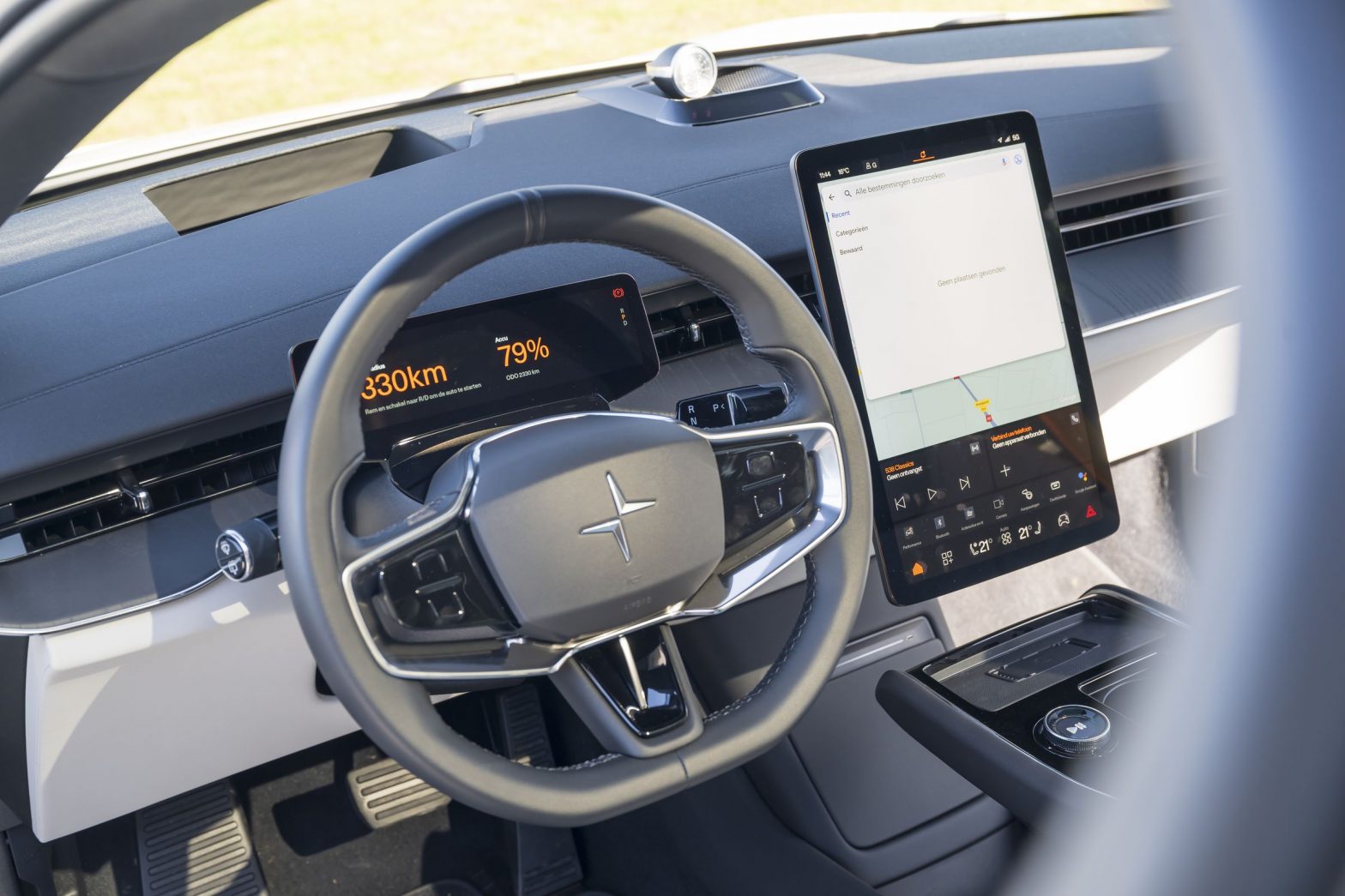/
EVs will also be required to include AM radio, despite concerns from manufacturers about electromagnetic interference.
Share this story
:format(webp)/cdn.vox-cdn.com/uploads/chorus_asset/file/25628147/2172379011.jpg)
The House Energy and Commerce Committee approved a bill Wednesday requiring new cars to have AM radio, which was introduced in response to an increasing number of vehicles coming out without the first-generation radio broadcast technology. The bill passed the committee on a roll-call vote of 45-2, and now heads to the full House for final approval.
The bill, titled the AM for Every Vehicle Act, would direct the National Highway Traffic Safety Administration (NHTSA) to issue a rule that “requires automakers to maintain AM broadcast radio in their vehicles without a separate or additional payment, fee, or surcharge.”
Supporters say they are pushing the bill out of a concern that the slow demise of AM radio could make it more difficult to broadcast emergency information during a natural disaster or other related events. Conservatives are also worried about losing a lucrative platform for rightwing news and media.
“With hurricane season in full swing, it has never been more important to pass the AM Radio for Every Vehicle Act and ensure that this life-saving communication tool remains in vehicles,” Senator Ed Markey (D-Mass), who co-authored the bill, said in a statement. He noted that the bill has 60 co-sponsors in the Senate, giving it a filibuster-proof majority.
Several automakers have introduced new models in recent years without AM radio capabilities, including popular electric vehicles from Tesla, Polestar, and Rivian. They argue that AM radio is incompatible with EVs, citing electromagnetic interference from the powertrain. Indeed, Tesla made this same argument when it removed AM radio from its vehicles back in 2018. Ford introduced the 2024 Mustang without AM radio, but later said it would put it back after receiving pushback from lawmakers.
AM, which stands for amplitude modulation, differs from FM, or frequency modulation, based on how the carrier wave is modulated, or altered. Unlike frequency, amplitude can be affected by the noise emitted from electric devices, including smartphones, TVs, computers, and EVs. The problem is when the interference gets picked up by the radio, which can lead to distortion and crackling.
Automakers generally see AM radio as an obsolete technology, arguing that there are other, better technologies such as internet streaming, HD radio delivered on FM bands, or some apps that provide AM content that will make up for the absence of AM radio in vehicles.
Critics say the bill could also add to the costs of producing EVs at a time when many manufacturers are struggling to rein in their costs.
“With a new mandate, [EV companies] will have to go through a significant powertrain redesign, vehicle redesign,” Albert Gore, executive director of the Zero Emission Transportation Association, said in an interview earlier this year, “because of the degree to which electric motor generates this [electromagnetic] interference.”
